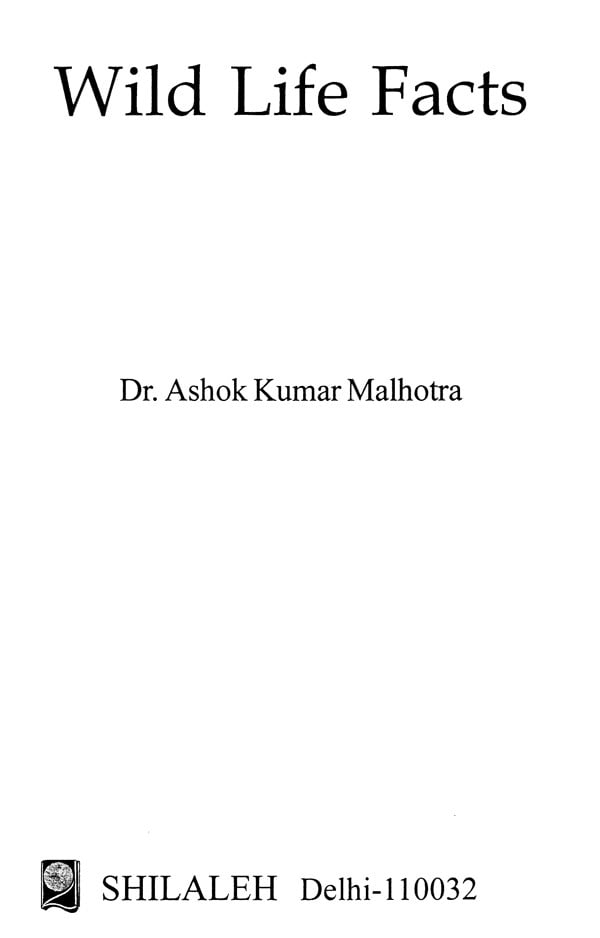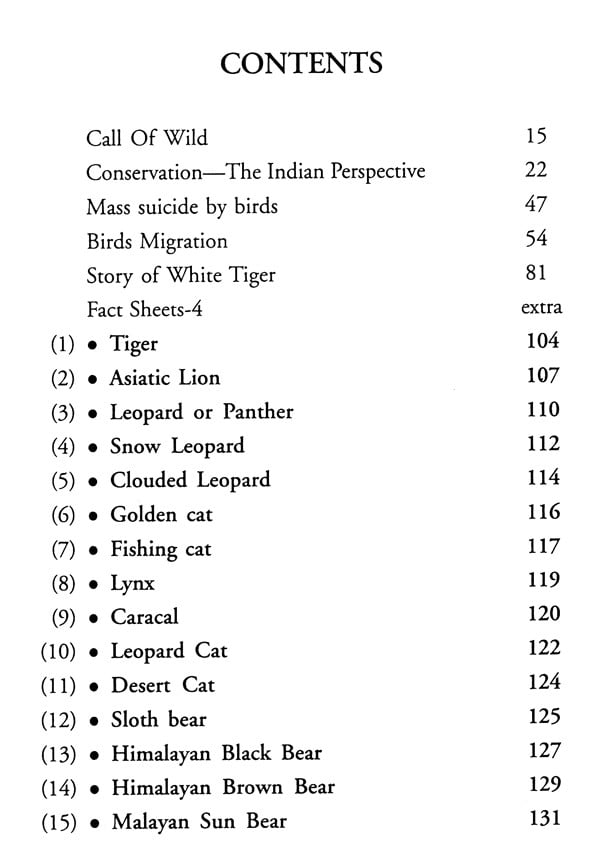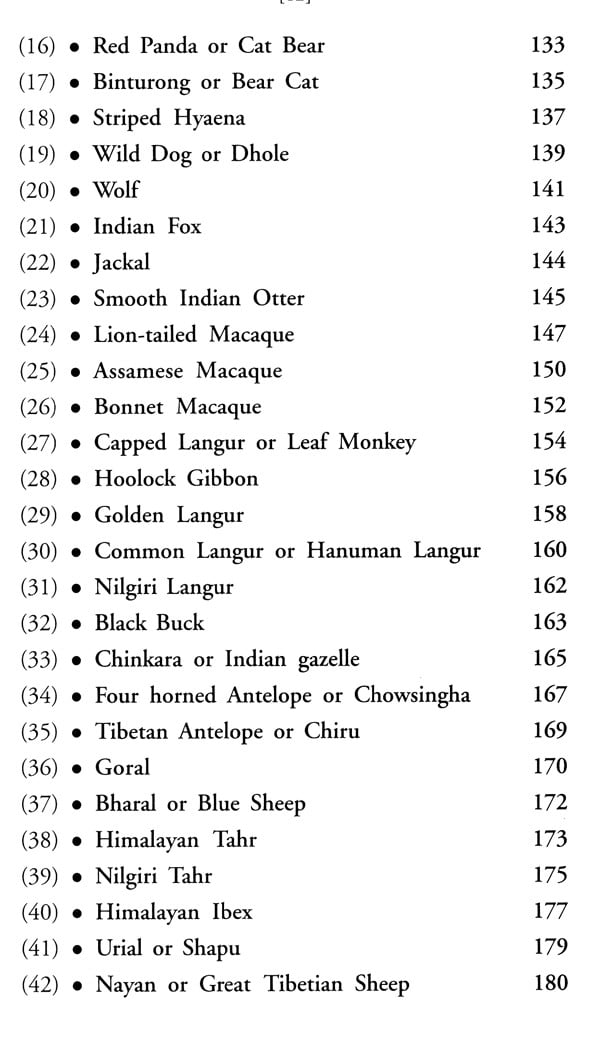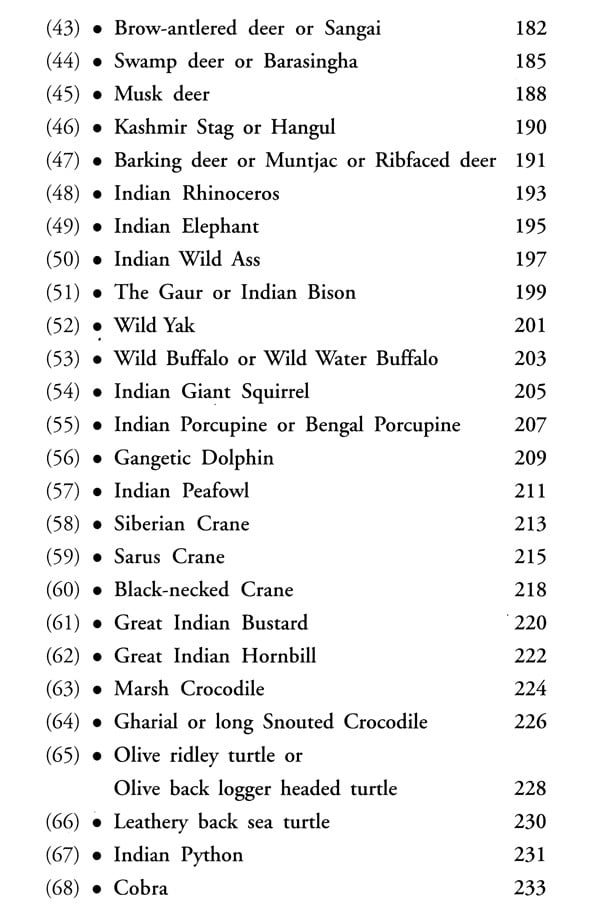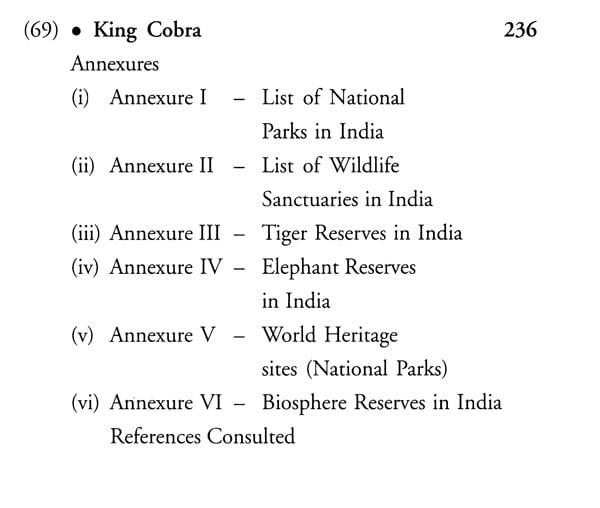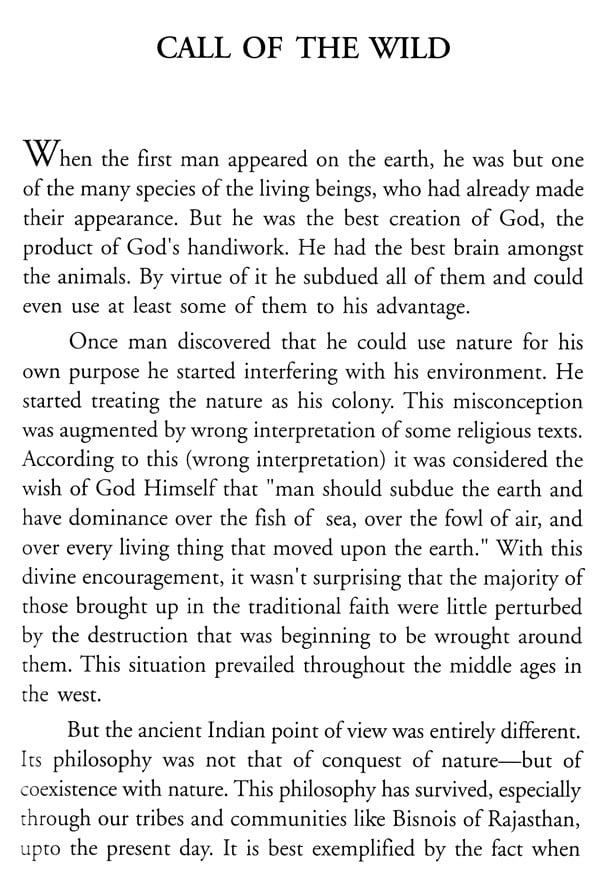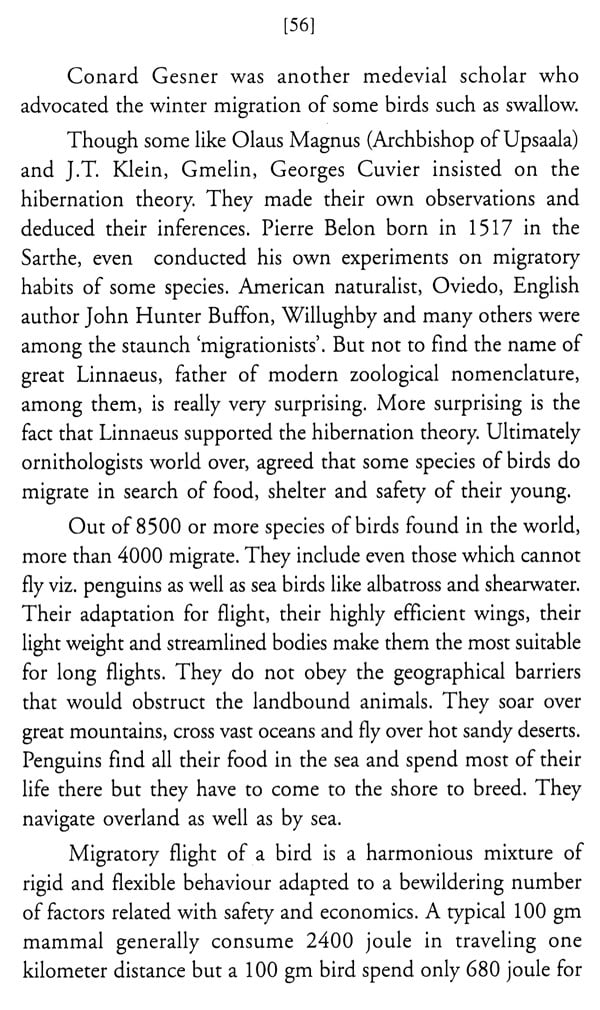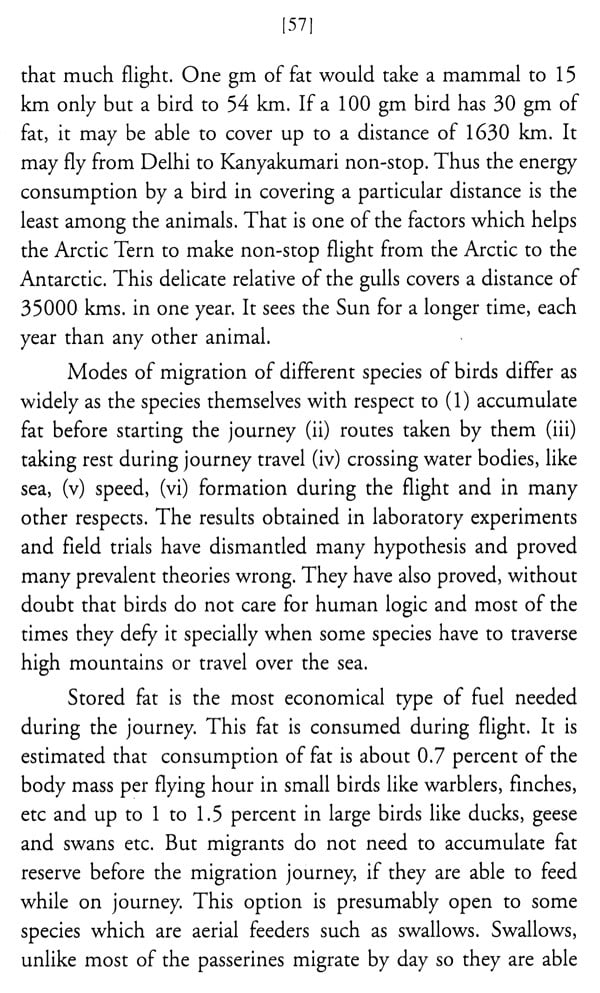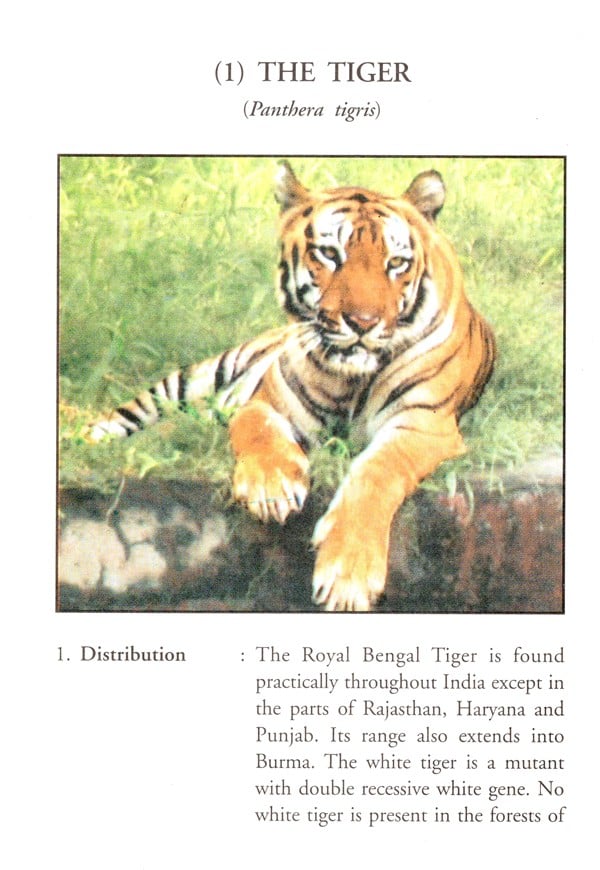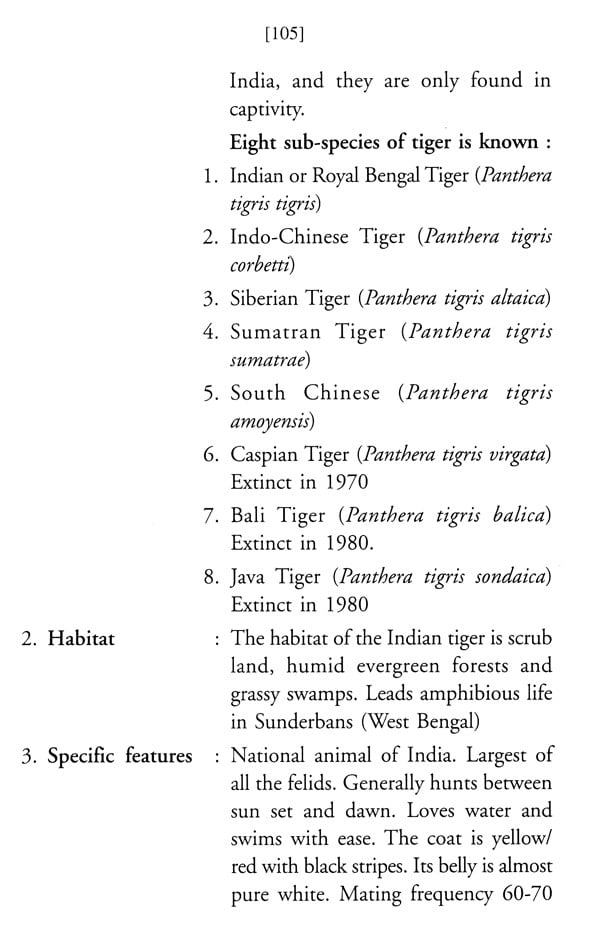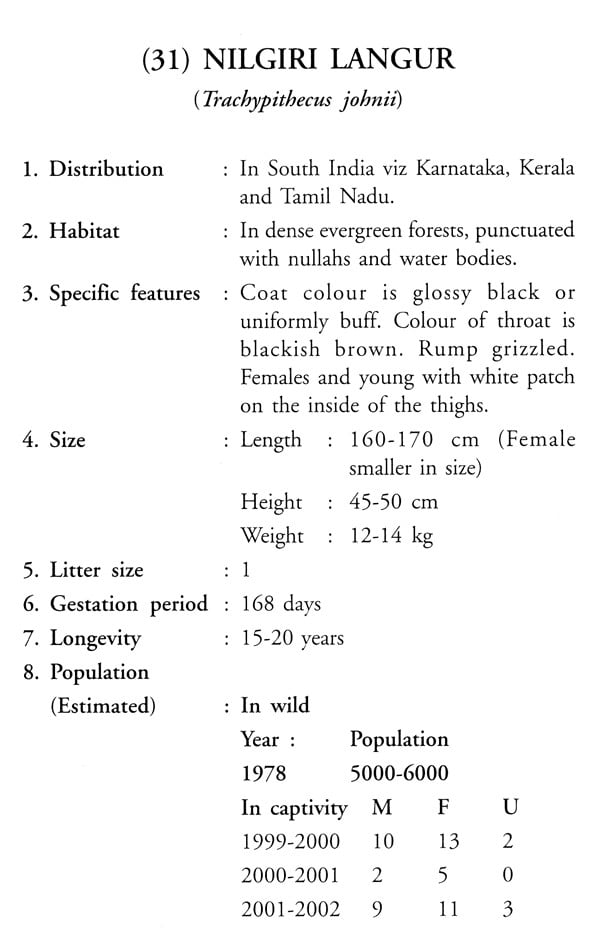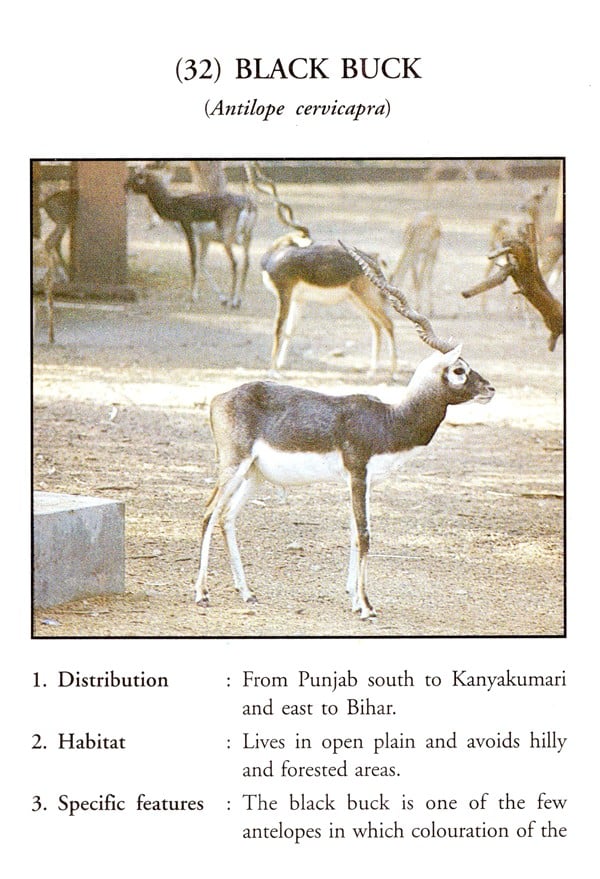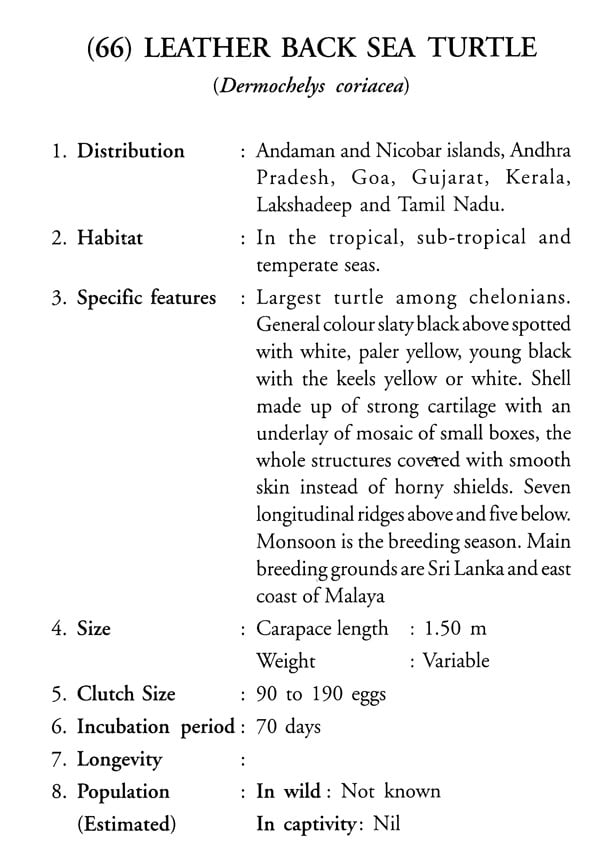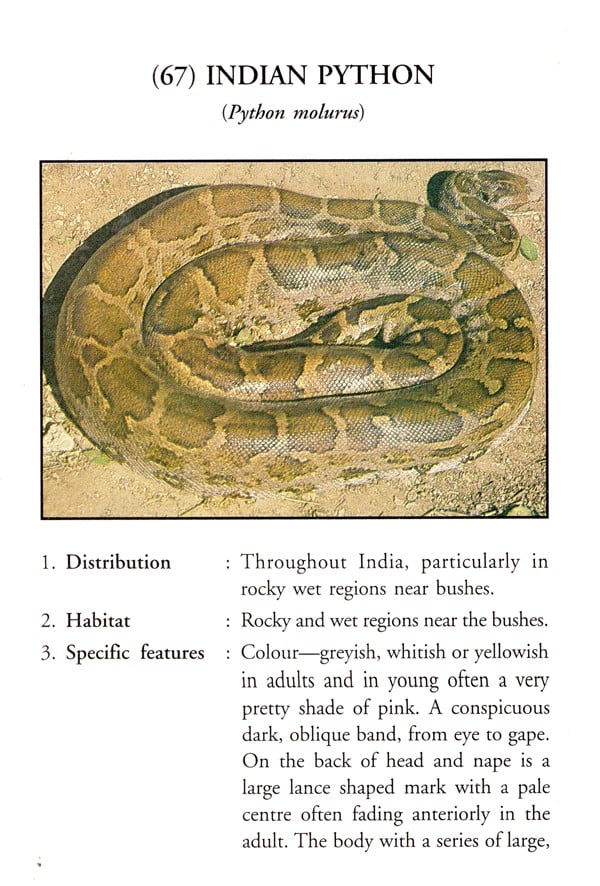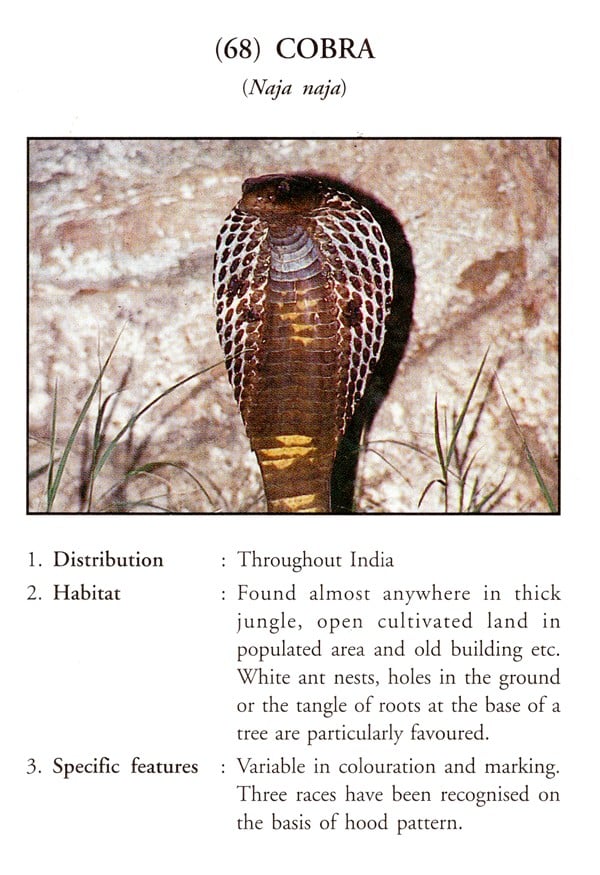
Wild Life Facts
Book Specification
| Item Code: | UAW866 |
| Author: | Ashok Kumar Malhotra |
| Publisher: | Shilalekh Publishers, Delhi |
| Language: | English |
| Edition: | 2005 |
| ISBN: | 8173291497 |
| Pages: | 272 (Throughout Color Illustrations) |
| Cover: | HARDCOVER |
| Other Details | 9.00 X 6.00 inch |
| Weight | 520 gm |
Book Description
The increasing urbanisation and patterns of development have created enormous pressure on our natural resources. The last decade experienced a great awakening to listen to the call of the wild to protect nature and restore bio-diversity. The present book provides the interesting accounts of the happenings which had occurred or are occurring. It gives the ground reality of the state of the wildlife. Census data, litter size, gestation period and longevity of important animal species have been presented.
There is a network of 500 Wildlife sanctuaries and 92 National Parks covering an area of 15.67 million hectares in India.
A complete list of all National Parks, Wildlife sanctuaries, Tiger Reserves, Elephant Reserves, Biosphere Reserves and Heritage sites (National Parks) has been provided.
The book provides the basic data on the various aspects of different species which is valuable in formulation for making policy on wild life.
Date of Birth: 1st June, 1948, Bhiwani (Haryana) India. Education: B.Sc. (Biology) Govt. College, Hissar (Haryana); M.Sc. (Zoology) and Ph.D. (Wildlife) from University of Rajasthan, Jaipur (India). Worked as lecturer before joining National Zoological Park, New Delhi in 1973 and working in it as Curator (Ed.) at present. Participated in national and international seminars and workshops.
Trained in the interperative techniques applicable to Zoological Parks & National Parks from U.S.A. and in the management of National Parks & Wildlife reserves from Australia.
Published Work : 'White Tiger', Aao Chiriyaghar Ki Sair Karein (Awarded), Desh-Videsh Ke Chiriyaghar, Door Desh Ke Panchhi (Awarded), Parvasi Jeev Jantu (Awarded), Himalaya Pradushan (Awarded), Jeev Jantuon Ke Rang (Awarded) and Parvasi Pakshi are the books published on various aspect of Wildlife in English and Hindi.
A number of research papers and popular articles have also been published in the national & international journals and magazines.
Honour: 'Paryavaran Mitter Samman' awarded by Paryavarn Sachetak Dal-an NGO in year 2000.
The author feels that the book will draw attention of the people in India towards the descending trend of wildlife in the country.
India is a unique country, which has been bestowed with varied kind of habitats. In the North we have Himalayas, 2200 km. long and 440 km. wide with various kinds of flora, fauna and climate while the Eastern part with evergreen rain forests.
Due to the various type of habitats, there is variation in the existing flora and fauna. The Indian Lion or Asiatic Lion is only restricted to Gir forest (a western part of dry and open area) while the Tiger is found in all the habitats. The lord of land-Indian Elephant" inhabits most of the part but is missing in the Central India. The one horned Indian Rhinoceros is restricted to Kaziranga (Assam) and in North Bengal.
The Nature has gifted as many as 317 species of mammals and 1800 species of birds, numerous species of fishes, reptiles, amphibians and more than 30,000 forms of insects. As many as 21 mammalian species are endemic to this 'country and (including black-buck, chowsingha, spotted deer, blue bull and lion-tailed macaque and sloth bear) are not found in wild elsewhere.
It is difficult to do an accurate census of a herd or flock in capitive conditions, so we can imagine the difficulties in counting the individuals in wild conditions. The census in wild may not be accurate, but at least it gives the idea of the state of the health of the species. In other words, something is better than nothing.
The increasing urbanisation and patterns of development have created enormous pressures on our natural resources. A number of species are thus disappearig from the earth. Indian culture and religions are linked to nature by a relationship of respect and faith. Though our relationship still prevails in some areas where as in other it seems to have been lost.
Conservation is best defined as maintaining a proper balance between predator and prey. It includes maintenance of purity of the race allowing hybridisation among races for their survival and healthy growth while refraining from inbreeding depression.
The last decades experienced a great awakening to listen to the call of the wild to protect nature and restore bio-diversity at regional, national and even on an international level. The government is very much involved in conservation and has set up a network of 500 wildlife sancturies and 92 National Parks covering an area of 15.67 lakhs sq. km. for this purpose. Besides this the government has also launched schemes like Project Tiger and Project Elephant to conserve the species and its habitat in a sustainable manner.
**Contents and Sample Pages**
